William
William is a luxury lodge overlooking the lakes and south facing at Brompton Lakes. The living area features a log burner and is open plan...
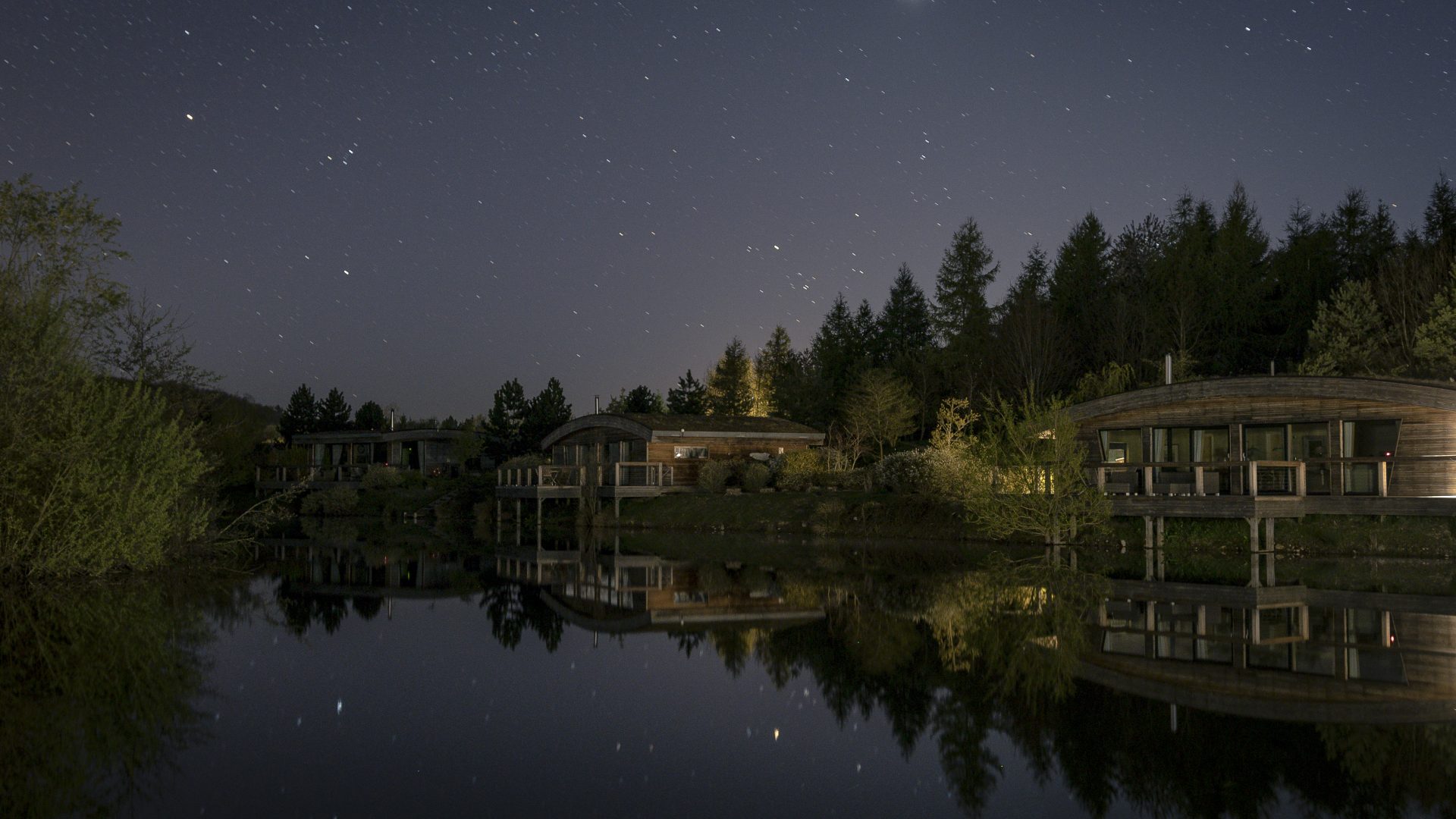
It’s amazing what you can see in the dark night sky! North Yorkshire is a stargazer’s paradise, with some of the best dark skies in the country, and has recently been awarded as 1 of the 18 International Dark Sky Reserves in the world.
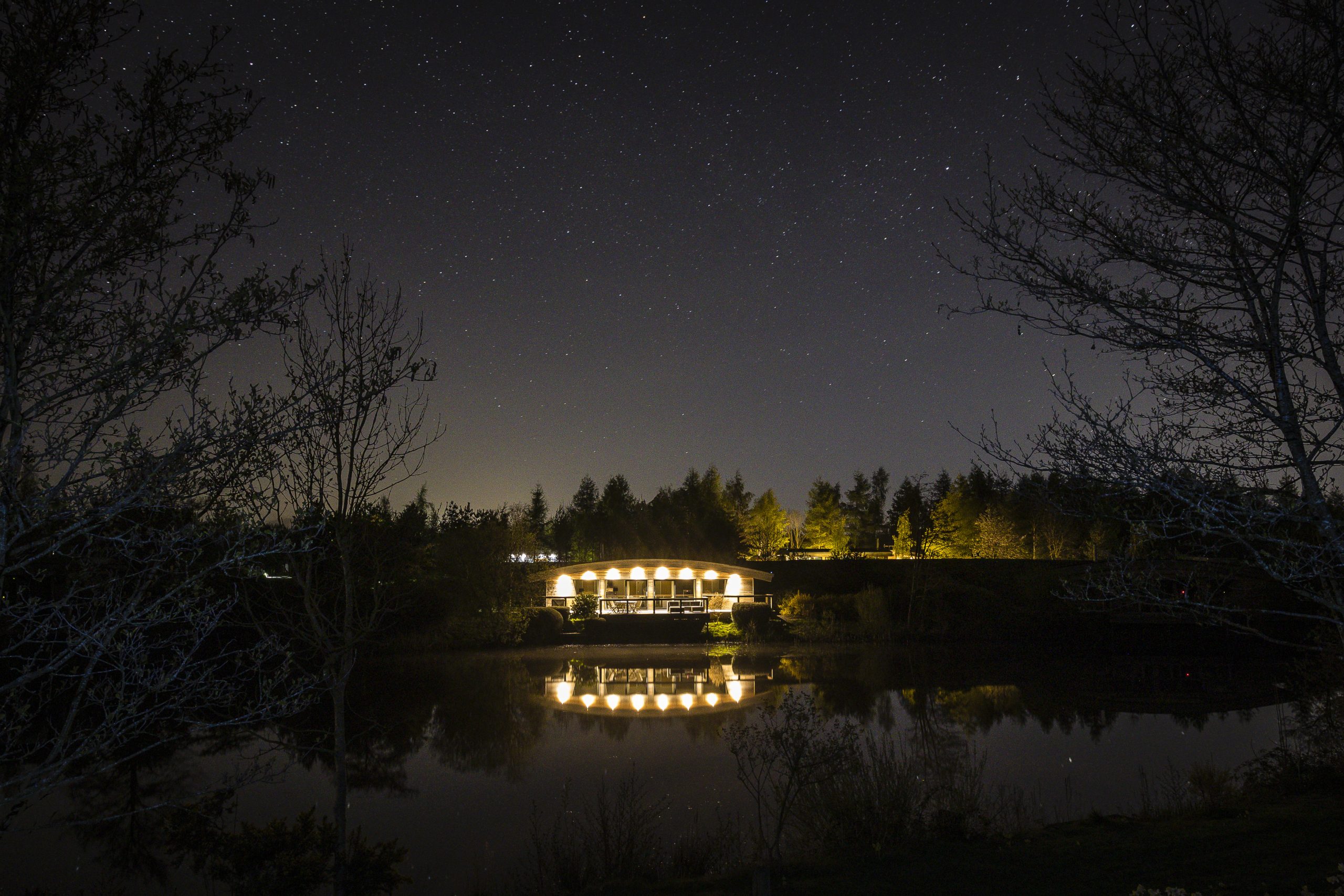
During your stay with us at any of our holiday properties across North Yorkshire, admire the heavenly panoramas of a starry night in all of its glory. Learn, discover and fall in love with the dark skies, in the same way as our ancestors did, without the orange glow of street lights and neon signs.
North Yorkshire is the perfect location for stargazing due to the clear night skies, creating stars to become more visible and we have plenty of properties with large glass windows and private gardens with hot tubs to relax in whilst pointing at the night sky.
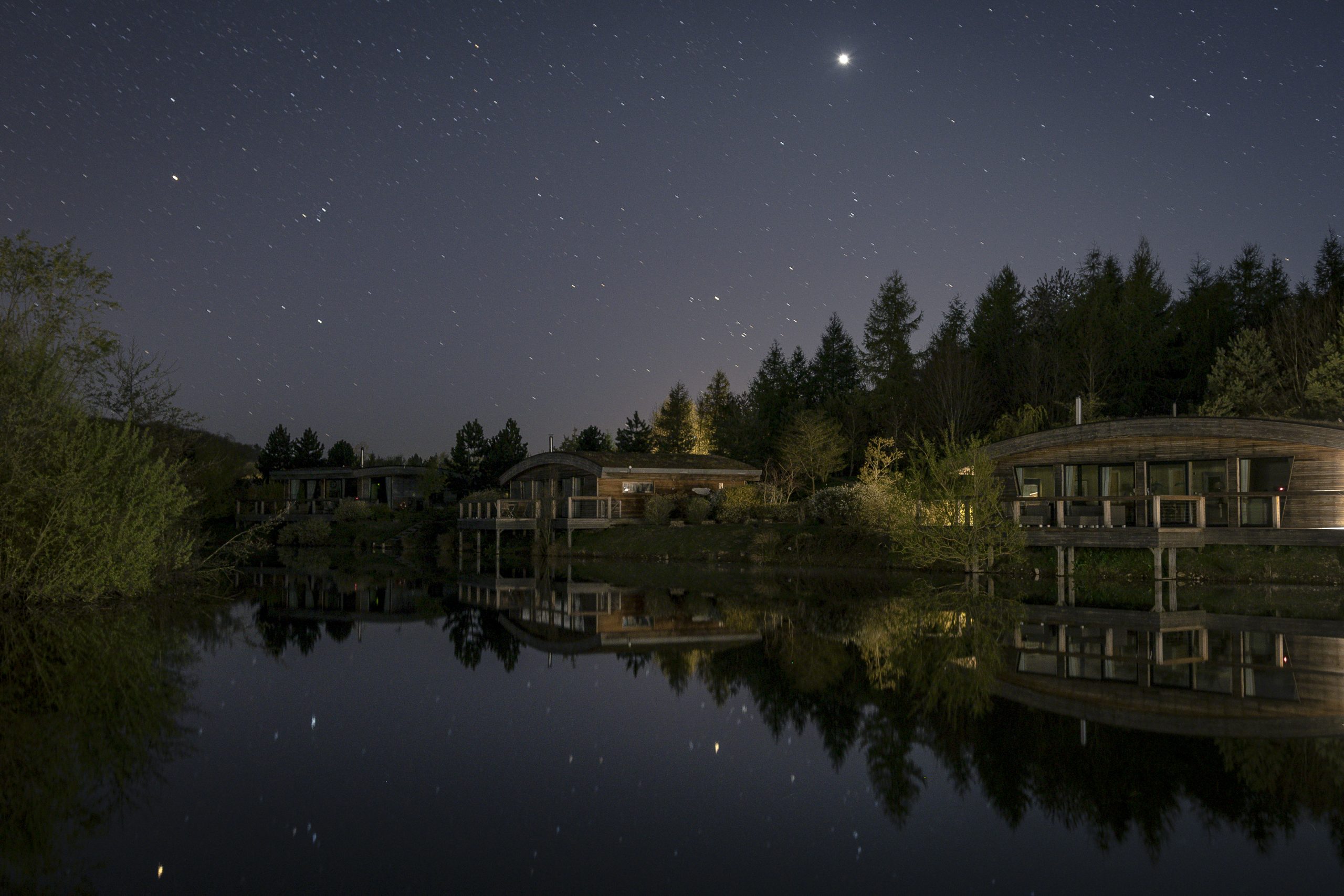
Celebrate North Yorkshire’s eighth Dark Skies Festival. With a whole host of events including:
This year there are plenty of exciting additions that include a dark skies exhibition, mindful night walk in Whitby, dark skies run, art workshops, and new moon gatherings.
Plan your stargazing during your stay and see the full line up here…
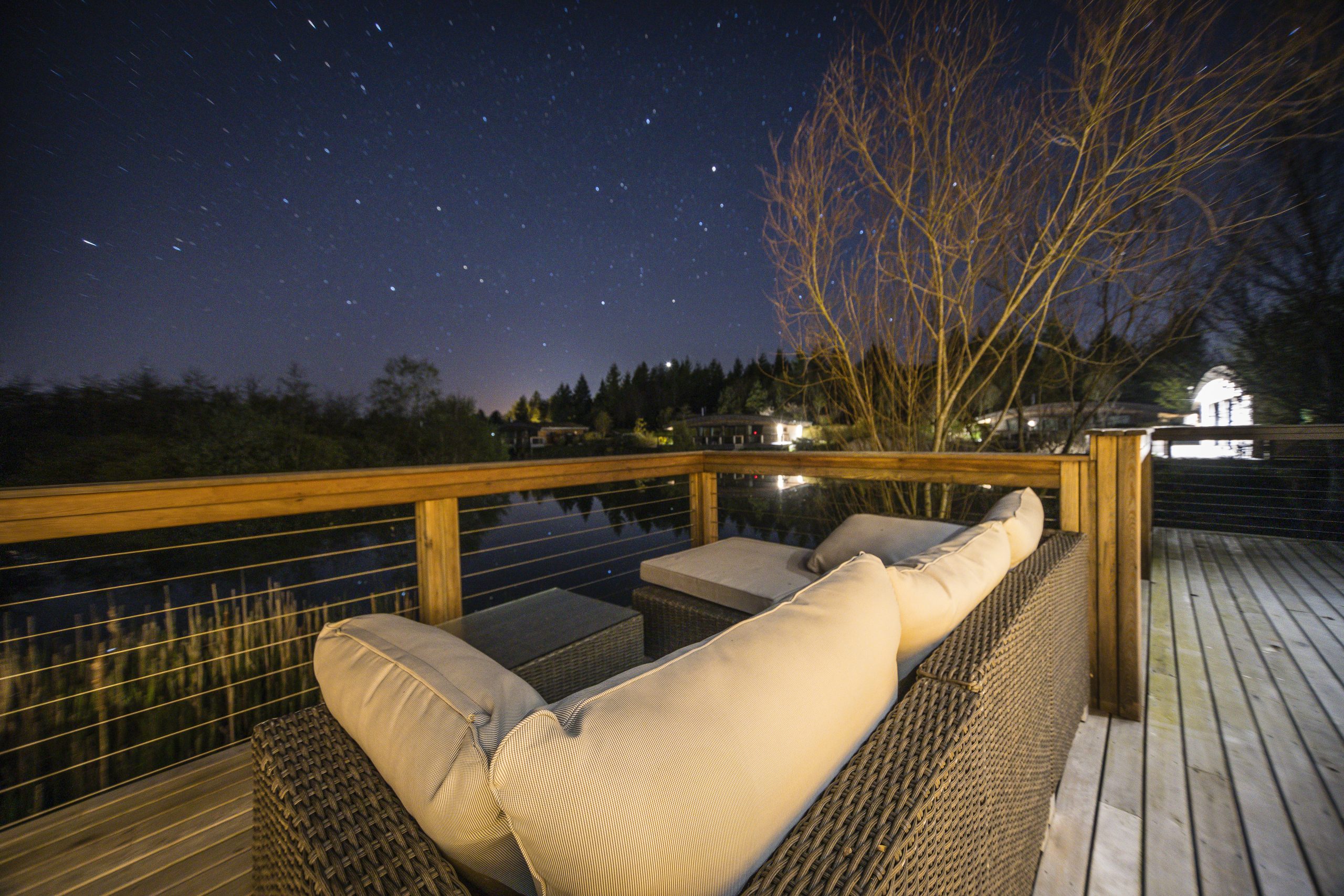
To you and I, this means Autumn, Winter and Spring offer the best times to visit North Yorkshire for any amateur astronomy. With the moon less visible at this time, this means that it will not wash out the light from fainter stars and we will be able to see thousands of stars with our own naked eye. Throw some logs on the fire and watch from the window or brave a soak in the outdoor hot tub and enjoy discovering what lies above us! Ask at reception to borrow our binoculars for a better viewing also…

Look directly overhead during Autumn and you will see this shimmering band of light arching spanning much of the sky overhead. The soft glow is actually caused by the light of millions of dim stars and it’s one of the spiral arms of our own galaxy, which we also call the Milky Way. Ask at reception for some binoculars to see these tiny stars too. Stargazing in North Yorkshire is the perfect evening entertainment for the whole family!
The northern lights are certainly visible from the North York Moors with the darker your sky, the more chance you have of seeing the magic of Aurora. These displays are caused by energetic particles from the sun interacting with the earth’s magnetic field. During a storm, you can see impresive streams of light soaring overhead and the sky tinted red and green above the northern horizon.
At certain times of the year, we can observe frequent meteors. Look out for ‘shooting stars’ which move rapidly across the sky before burning up like a firework. Each is caused by a tiny bit of debris left behind by comets and asteroids, which hit the earth’s atmosphere at high speeds causing them to vaporise. At their peak, you will be able to see hundreds of meteors an hour.
This is the furthest object you can see with your naked eye from the North York Moors – an incredible 2.5 million light-years away. To the naked eye it looks like a small faint streak of light but if you use binoculars you will see it’s shaped like a rugby ball and fills the field of view. This is another spiral galaxy, similar to our own Milky Way, comprising 300 billion suns and countless planets.
There are 88 recognised constellations but most of us recognise a dozen or so – mainly due to the association with the zodiac – the band of the sky where the planets can be found. The alignment is merely a line of sight effect, as the stars are at hugely varying distances but this makes a great game for star-spotting with the family.
We now have hundreds of man-made satellites orbiting us which we can see in the night sky. Some satellites are sufficiently large and have reflective solar panels and can appear to be very bright, the brightness varying as the panels catch the sunlight.
The largest of these satellites, the International Space Station (ISS) is also a frequent visitor, orbiting the Earth in about 90 minutes, 250 miles above the surface. As it passes over us, it appears to be one of the brightest objects in the night sky, taking a few minutes to drift out of view.

Tour the Yorkshire Dales with us on a last minute Yorkshire escape, where there is plenty to discover. We drive across the villages of Hawes, Reeth and Aysgarth, and explore […]
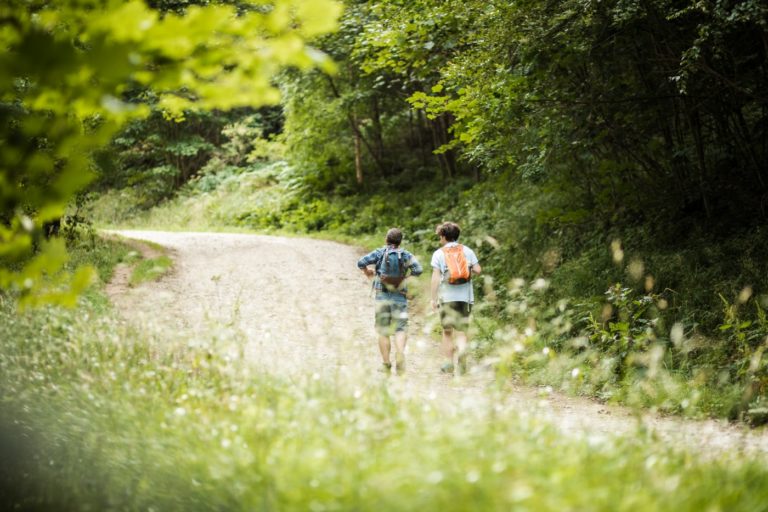
You must explore the best places to visit in Yorkshire. Our glorious county has something to offer all ages and of every interest.
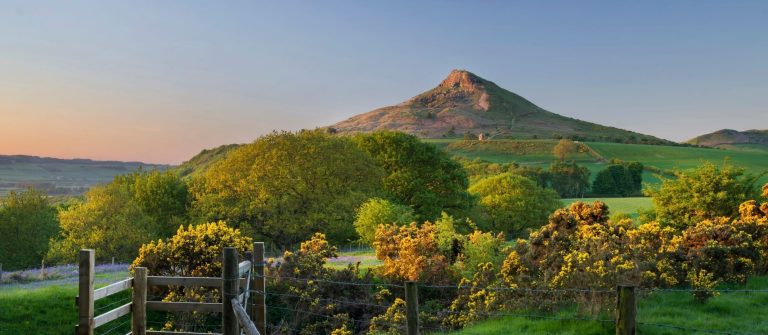
The North York Moors is spectacular and home to some of England's most iconic backdrops. A must see in late summer, take advantage of the attractions, stunning coastline, walking, cycling and heritage sites. Also exploring the pub or coffee stops along the way is key while taking in the expansive rolling countryside.
William is a luxury lodge overlooking the lakes and south facing at Brompton Lakes. The living area features a log burner and is open plan...
Percy is a stunning hot tub lodge at Brompton Lakes sleeping up to 6 guests. The open plan living area features a log burner in...

Reconnect with nature at Coco, a dog-friendly lakeside lodge sleeping six, nestled in the tranquil grounds of Brompton Lakes. Coco is the ultimate retreat to...
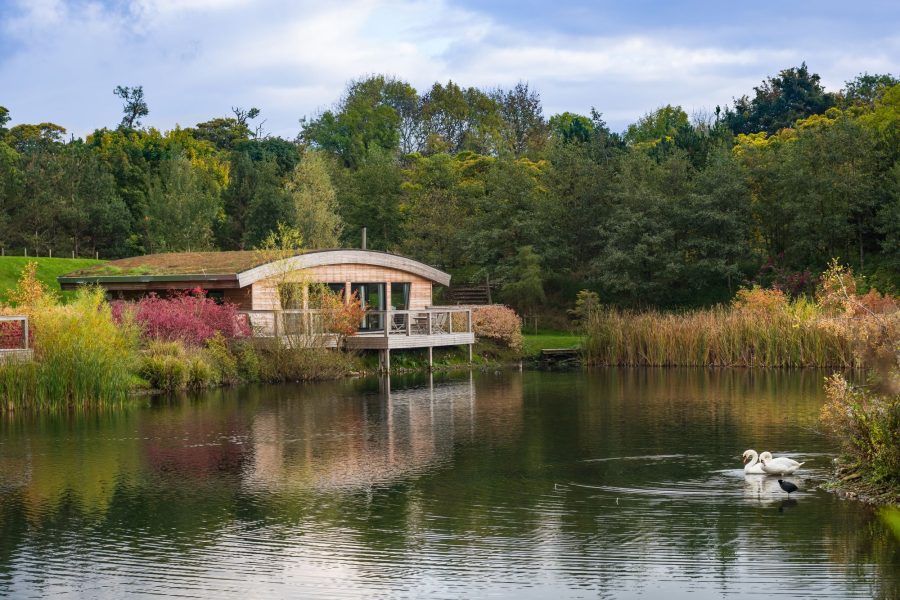
Iris is a West facing luxury lodge with an impressive lake view, overlooking a small island and is close to the River Swale. It has...
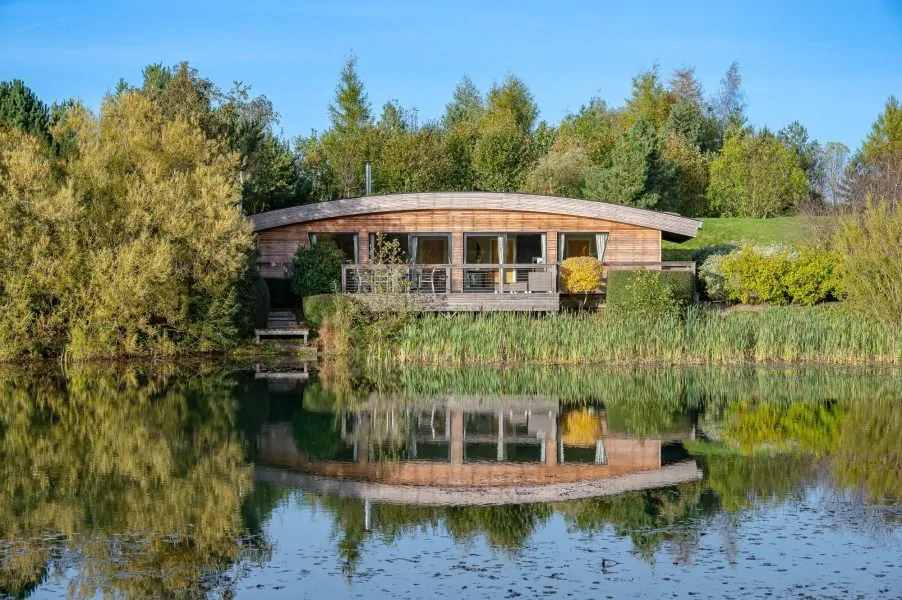
Juniper is a south-facing luxury lodge on the impressive lakefront at Brompton Lakes. Floor-to-ceiling windows stretch the length of the lodge, opening onto private decking...
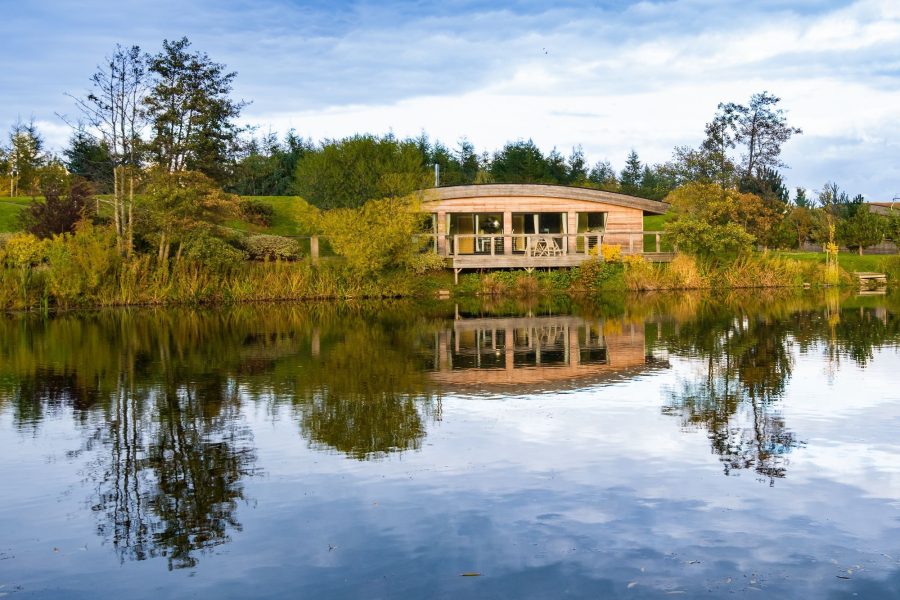
A South facing luxury lodge at the heart of Brompton Lakes, Louis has impressive lakeside views. The open plan living and dining area features a...
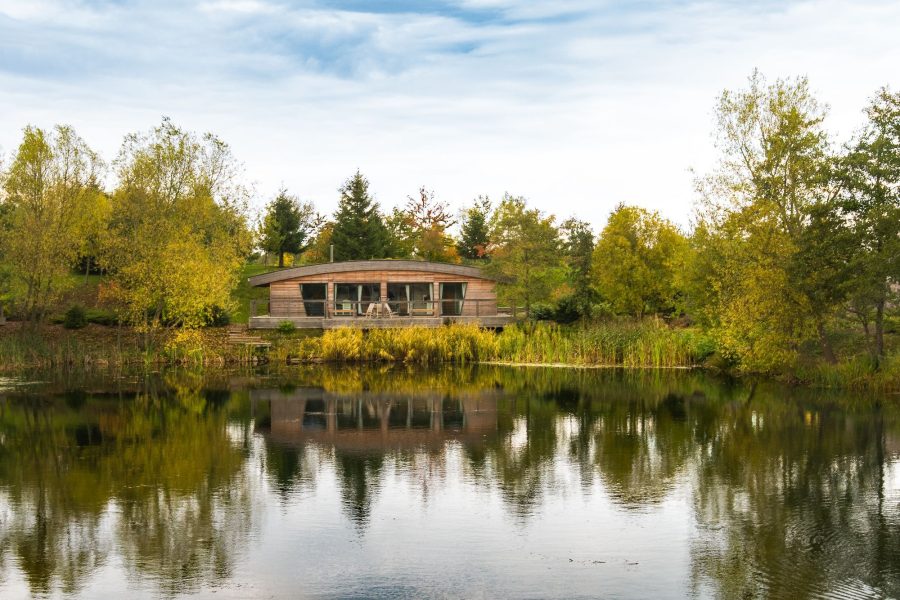
Lola is a South facing luxury lodge with an impressive view, overlooking a small island and is close to the River Swale. It has a...
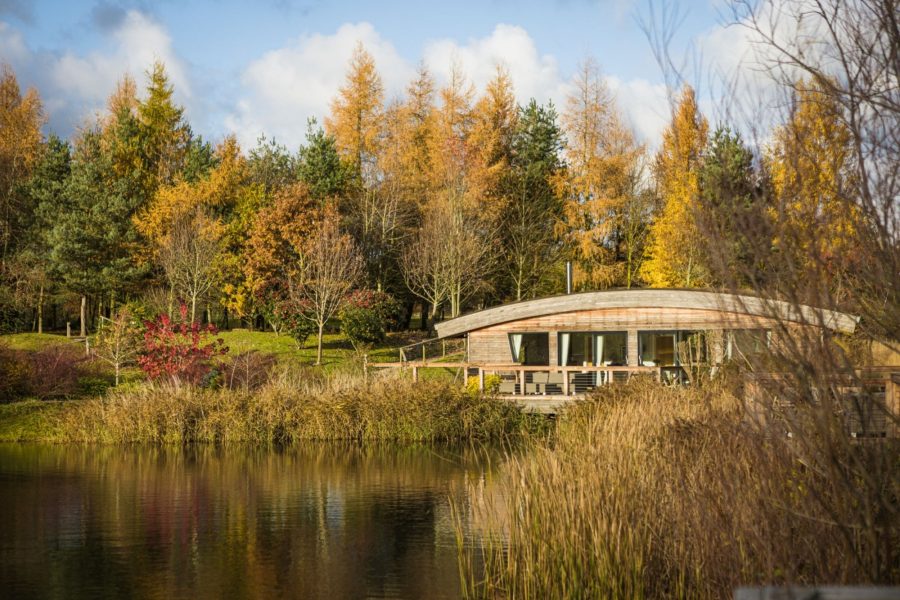
A South West facing lodge that captures the best light of the day, enjoy unrivalled views inside and out in a dog-friendly lodge that is...
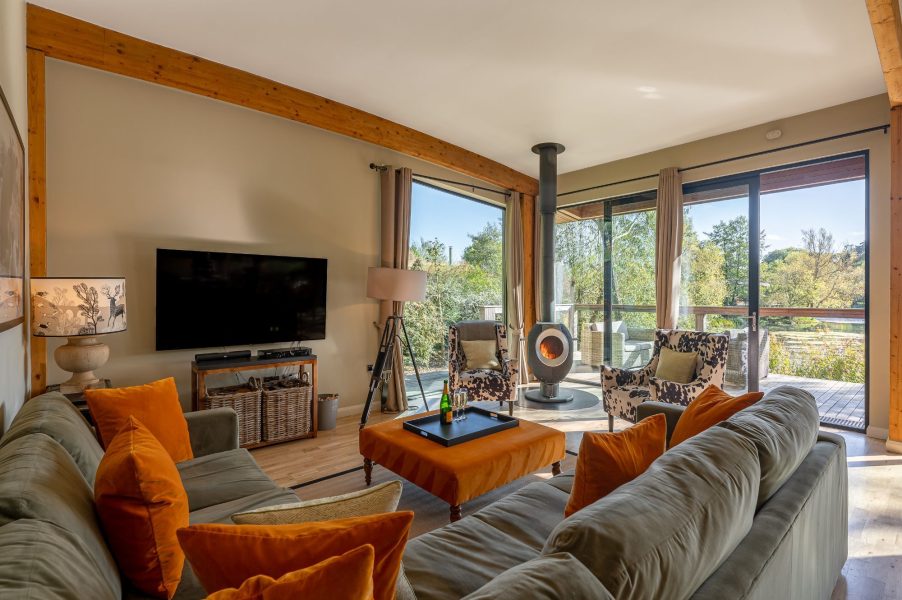
A dog-friendly log cabin at Brompton Lakes, the south-facing Imogen is tucked at the end of the lake surrounded by willow trees, perfect for a...
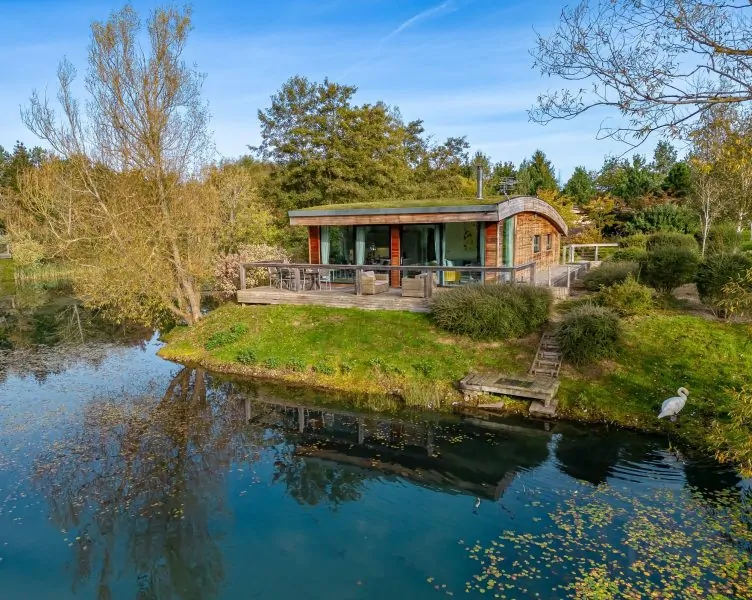
With arguably some of the best views at Brompton Lakes, Jasper is a perennially popular lodge. Its large private lakefront decking is south-facing on the...